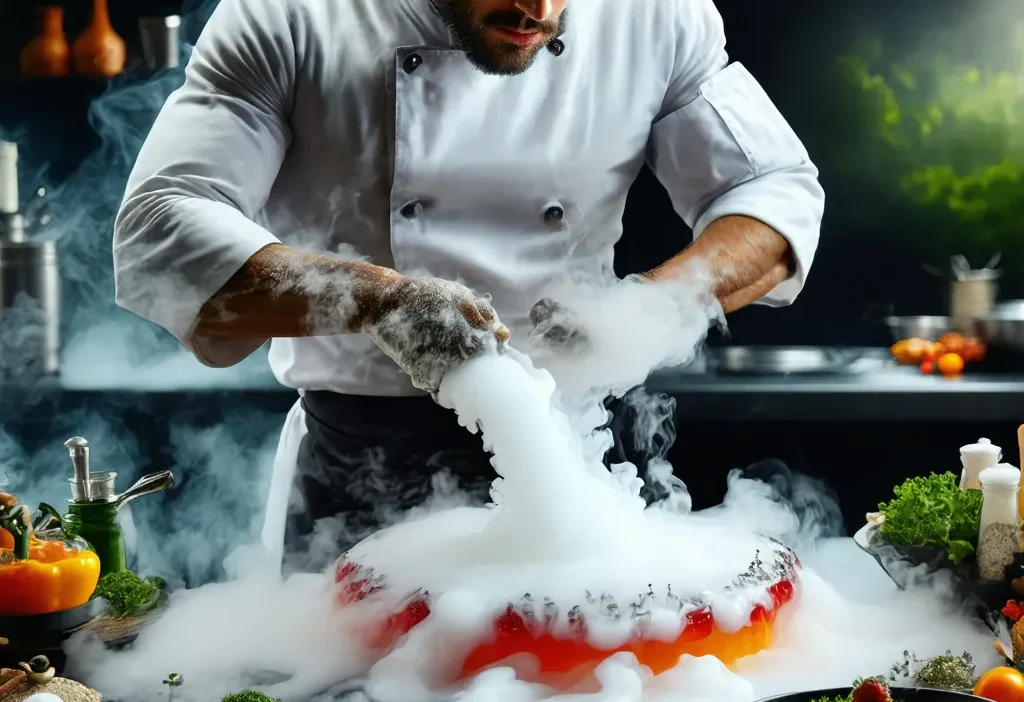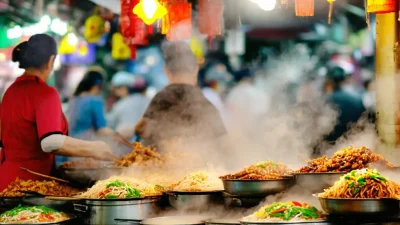Introduction to Molecular Gastronomy
Molecular gastronomy is a revolutionary approach to cooking that combines science, creativity, and culinary artistry. It’s not just about creating beautiful dishes; it’s about understanding the chemistry behind food to craft unique flavors and textures. In this guide, we’ll explore the key techniques, tools, and concepts that every modern chef should know.
What is Molecular Gastronomy?
Molecular gastronomy is a culinary movement that uses scientific principles to create innovative dishes. By understanding food’s molecular structure, chefs can manipulate ingredients in unexpected ways, resulting in extraordinary flavors and presentations. This approach challenges traditional cooking methods and opens up a world of possibilities for creative expression.
Key Techniques in Molecular Gastronomy
Mastering molecular gastronomy requires learning specific techniques that set it apart from conventional cooking:
- Spherification: Creating perfectly spherical droplets of liquid using alginate and calcium chloride.
- Low-Temperature Cooking: Slowly cooking food at low temperatures to preserve moisture and texture.
- Nitrogen Cooking: Using liquid nitrogen to flash-freeze ingredients or create dramatic effects like smoky clouds.
- Culinary Chemistry: Applying scientific principles to modify textures, such as turning fruits into foams or making pasta transparent with lye.
These techniques are not just tricks; they allow chefs to tell stories through food by surprising and delighting diners.
Essential Tools for Molecular Cooking
To get started, you’ll need some specialized equipment:
- Culinary Thermometers: Precision tools like the Thermapen One (www.j-k-c.com) ensure accurate temperatures for low-temperature cooking.
- Immersion Blenders: Versatile tools for creating smooth foams and emulsions, available at www.amazon.com.
- Spherification Kits: Contains alginate and calcium chloride for spherification (www.modernistpantry.com).
- Liquid Nitrogen: Used in professional settings to achieve unique textures and effects.
Investing in these tools will give you the foundation to experiment with molecular gastronomy techniques.
Modern Recipes Using Molecular Techniques
Chefs are constantly pushing boundaries, creating dishes that redefine dining experiences. Here’s a simple recipe to try:
Olive Oil Jelly with Smoked Paprika Foam
Ingredients: 100ml olive oil, 2g agar-agar, 50ml water, smoked paprika, and foaming agent.
Instructions:
- Dissolve agar-agar in water and bring to a boil until fully dissolved.
- Add olive oil slowly while blending with an immersion blender to create an emulsion.
- Pour into molds, cool, and refrigerate to set as jelly.
- Prepare smoked paprika foam using a foaming agent, served alongside the jelly for a striking contrast of texture and flavor.
This dish showcases how molecular techniques can elevate simple ingredients into something extraordinary.
Famous Chefs in Molecular Gastronomy
The movement has many trailblazers:
- Grant Achatz: Renowned for his work at Alinea (www.alinearestaurant.com), known for artistic and intricate dishes.
- Heston Blumenthal: Creator of The Fat Duck (www.thefatduck.co.uk) and pioneer in culinary science.
- Molecular Mixologists: Innovators like Dave Arnold use these techniques to create unique cocktails.
These chefs inspire us by showing how molecular gastronomy can be both accessible and transformative.
Tips for Aspiring Chefs
If you’re new, start small. Experiment with simple recipes like fruit caviar or foam before attempting more complex dishes. Always follow safety guidelines when using tools like liquid nitrogen, and don’t be afraid to make mistakes—innovation often comes from trial and error.
Conclusion
Molecular gastronomy is a fascinating intersection of science and creativity that offers endless possibilities for chefs. By understanding its techniques, tools, and applications, you can elevate your culinary skills and create unforgettable dishes. Keep exploring, experimenting, and most importantly, enjoy the journey of discovery in this exciting field!





